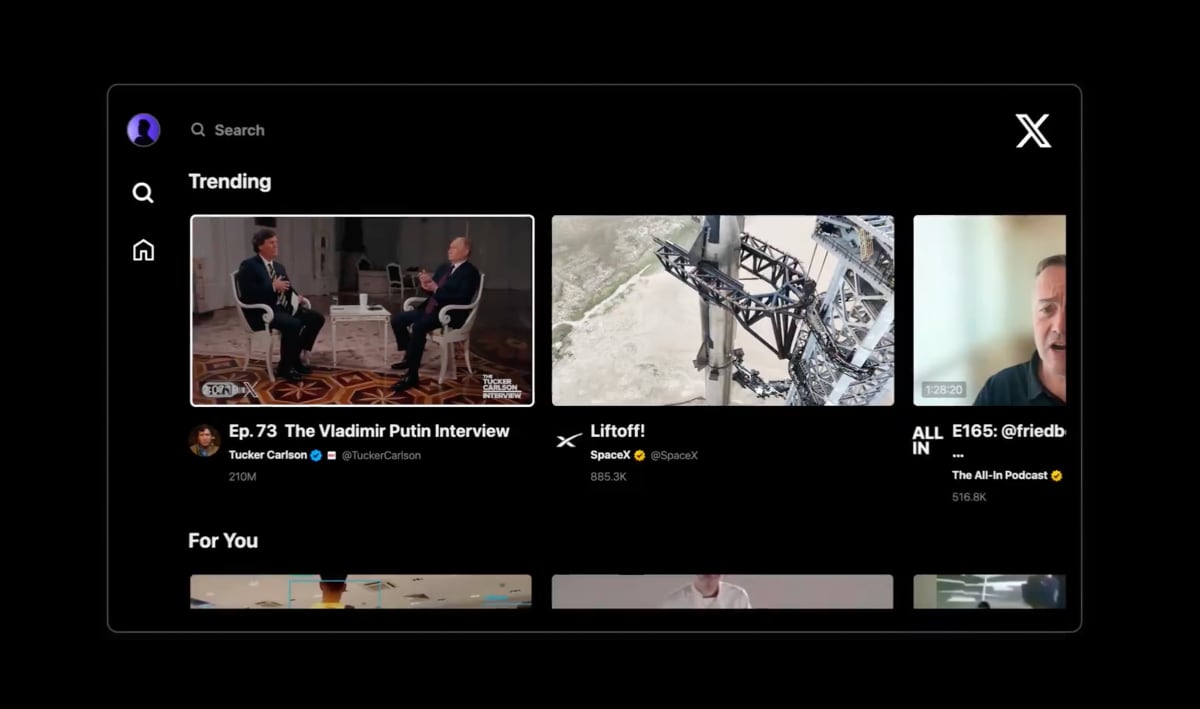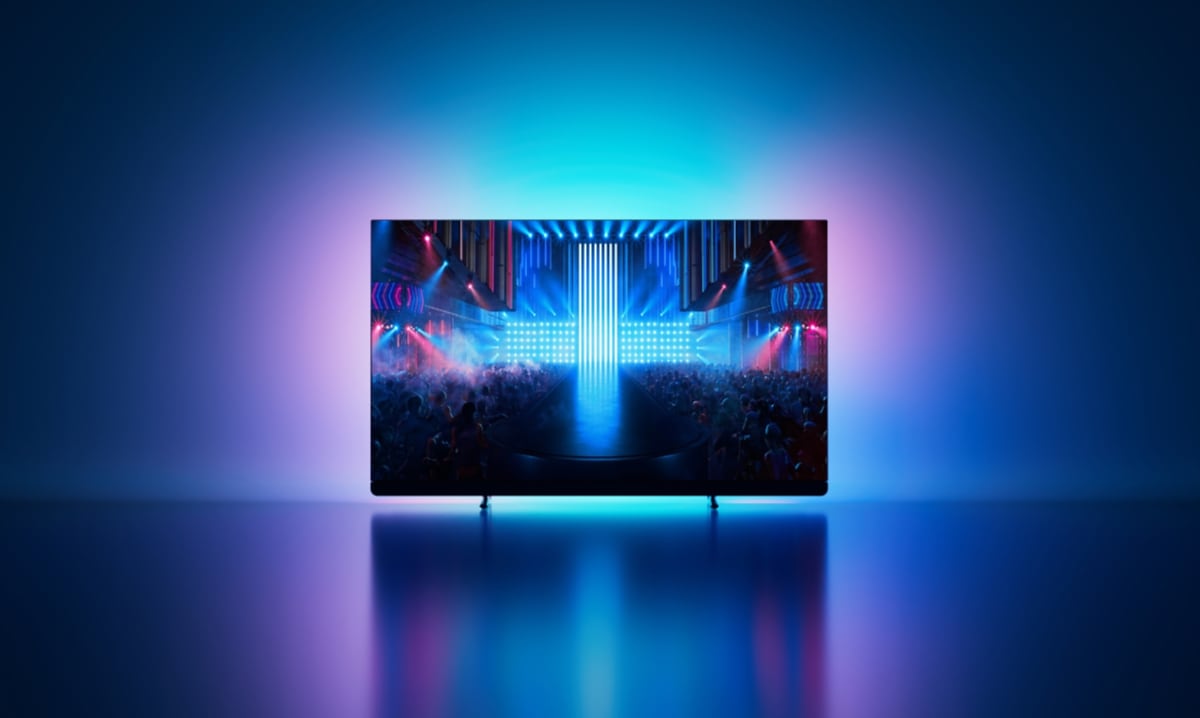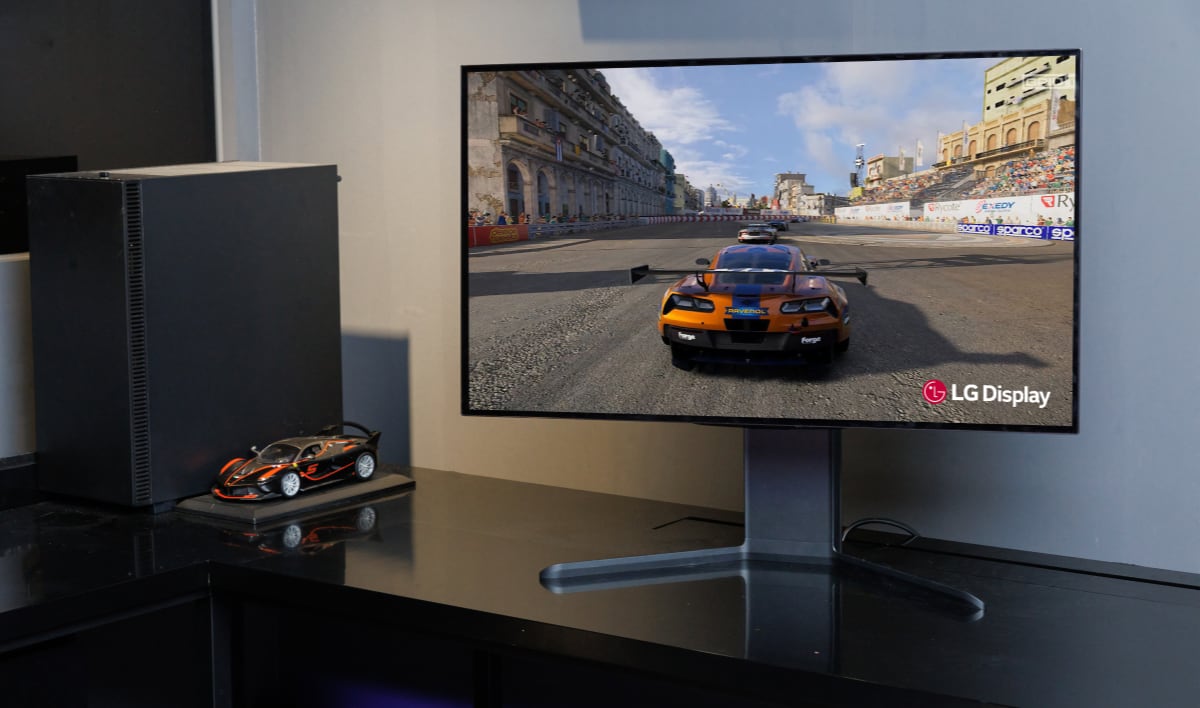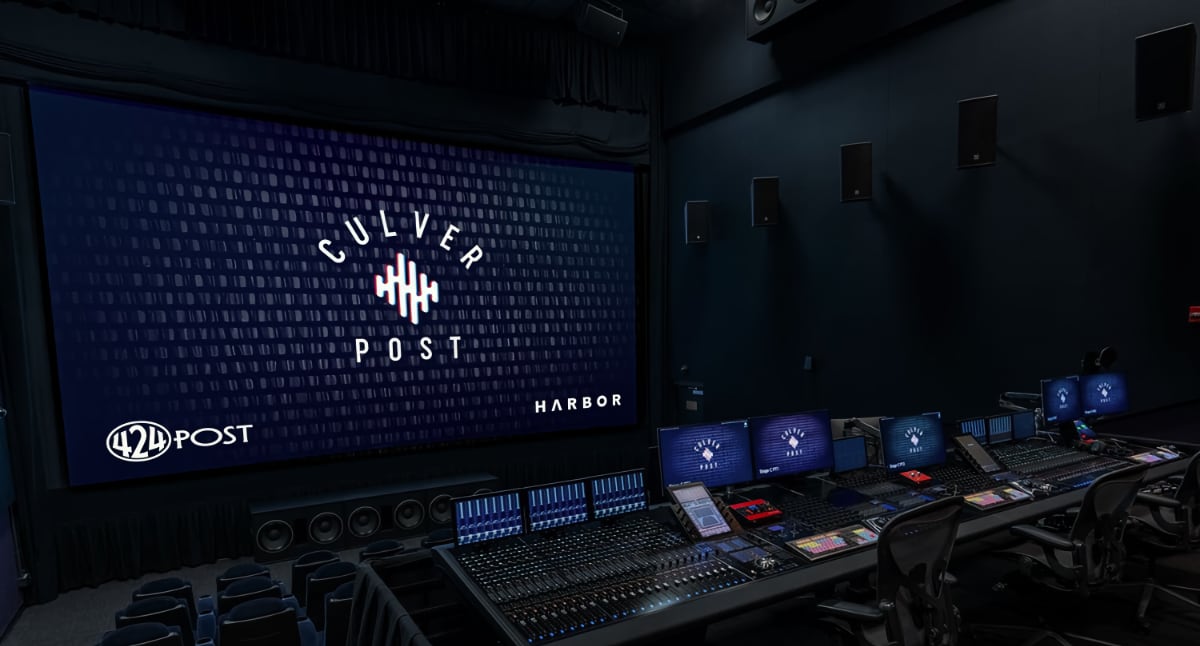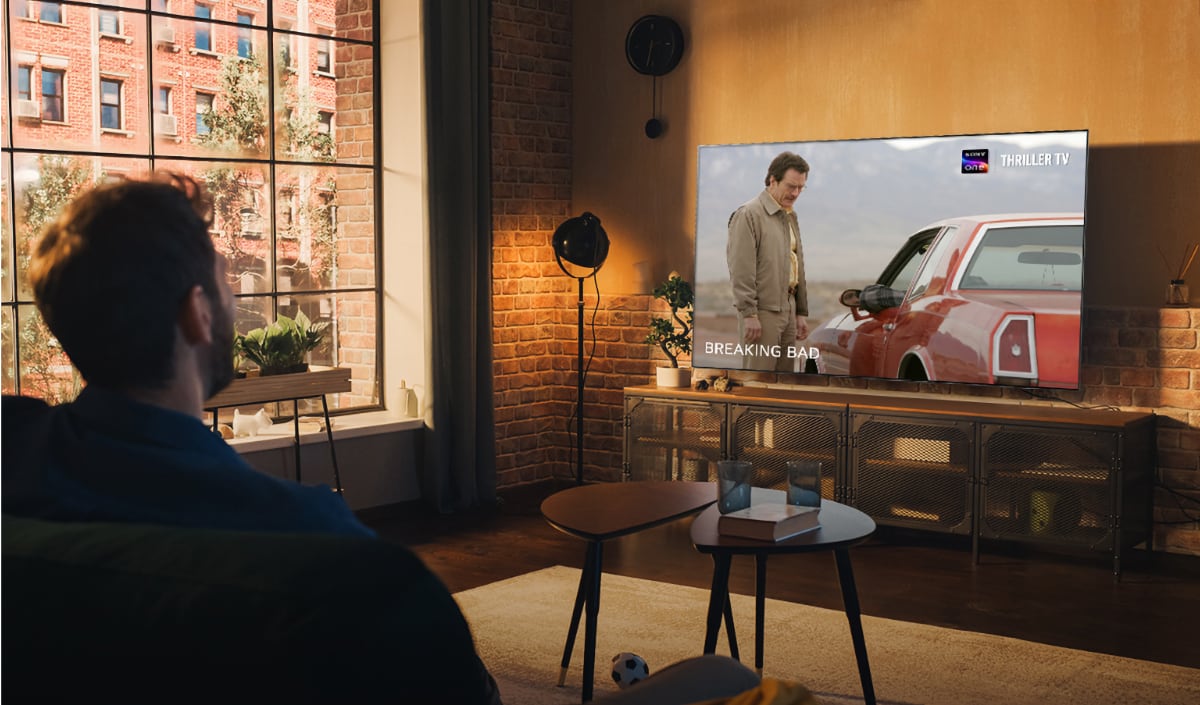At IFA Toshiba introduced the ZL2 TV with glasses-free 3D and a 4K panel. At the CEATEC 2011 fair Toshiba has shed some light on the technology utilized inside the TV. FlatpanelsHD takes a look at Toshiba’s 3D technology in this article.
Toshiba explains glasses-free 3D technology
Toshiba’s glasses-free 3DTV called 55ZL2 will be available in Europe in December. A slightly different variant called 55X3 will be available in Asia in December, too. So, let us take a look at the technology inside.
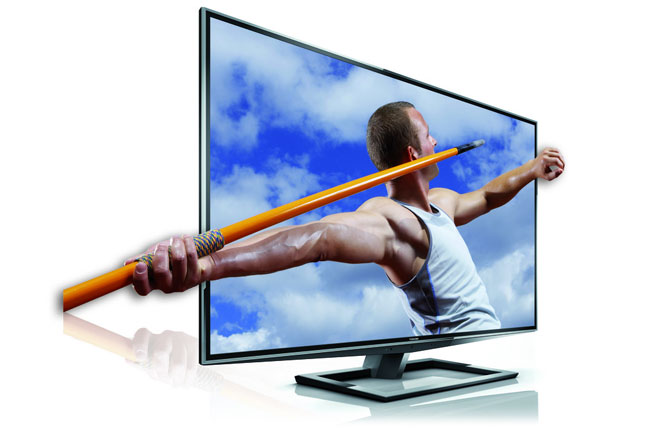
Toshiba’s glasses-free 55-inch 3DTV - 55ZL2
The TV is based on a so-called 4K LCD panel, meaning that it holds a resolution of 3840x2160 pixels. The high resolution is required because the glasses-free 3D system reduces actual 3D resolution. In order to compensate Toshiba has increased the resolution compared to typical Full HD 3DTVs with glasses. The 3D resolution is 1280x720 pixels.
The autostereoscopic 3D capabilities are based on a lenticular lenses 3D technology that allows Toshiba to show two different images; one for each eye. In other words; light is refracted into two different angles. Typically this technology allow a user to watch 3D from only 1 angle but by incorporating more parallaxes, Toshiba now supports up to nine parallaxes, which equals seven 3D viewing angles. On top of that Toshiba has added a face-tracking camera that adjusts the 3D viewing angles based on the viewers’ positions.
Toshiba has also overcome another challenge with glasses-free 3D. Typically glasses-free 3DTV only support 3D and no 2D but Toshiba has added a “polarization switching sheet” between the lenticular lenses and the LCD panel. This technology allows Toshiba to turn on/off the lenticular lenses by turning polarization of light 90 degrees, thus making 2D viewing possible.

Toshiba’s glasses-free 3DTV also shows 2D
The 4K LCD panel is developed in collaboration with another panel maker, Toshiba says (most probably Sharp). The LCD panel has a direct LED backlight with local dimming in 12x20 = 240 zones. The 4K resolution and scaling is handled with two of Toshiba’s own CEVO chips that also take care of 2D-to-3D conversion. Normal 2D content is typically scaled to 1920x1080 pixels and afterwards scaled up in factor 2 (1920x2=3840, 1080x2=2160).
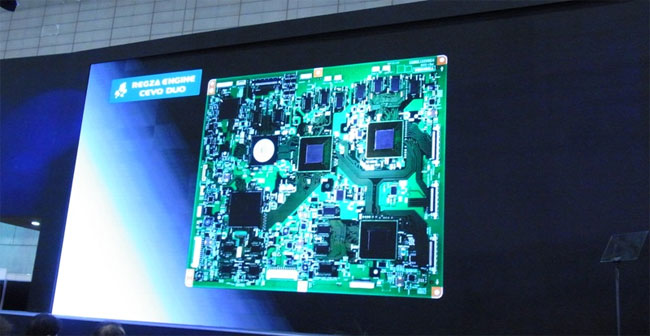
Toshiba’s glasses-free 3DTV uses a CEVO engine chip
Toshiba’s glasses-free 3DTV will be available in December 2011 in Europe called ZL2 and in Asia called X3.
- Source: Toshiba / Nikkei
 Toshiba explains glasses-free 3DTV technology
Toshiba explains glasses-free 3DTV technology





